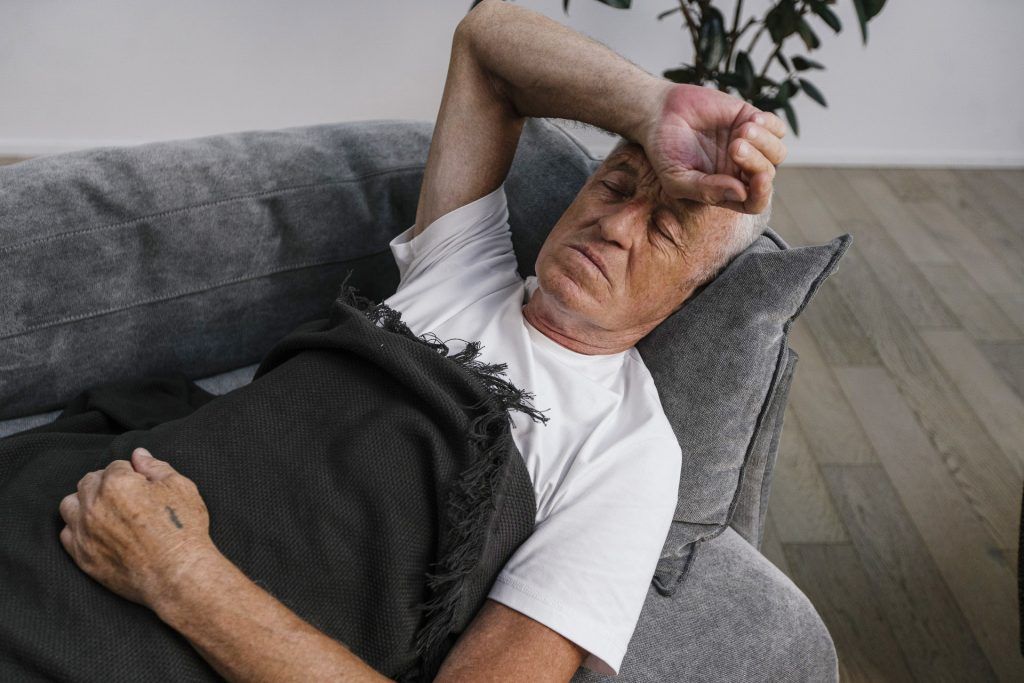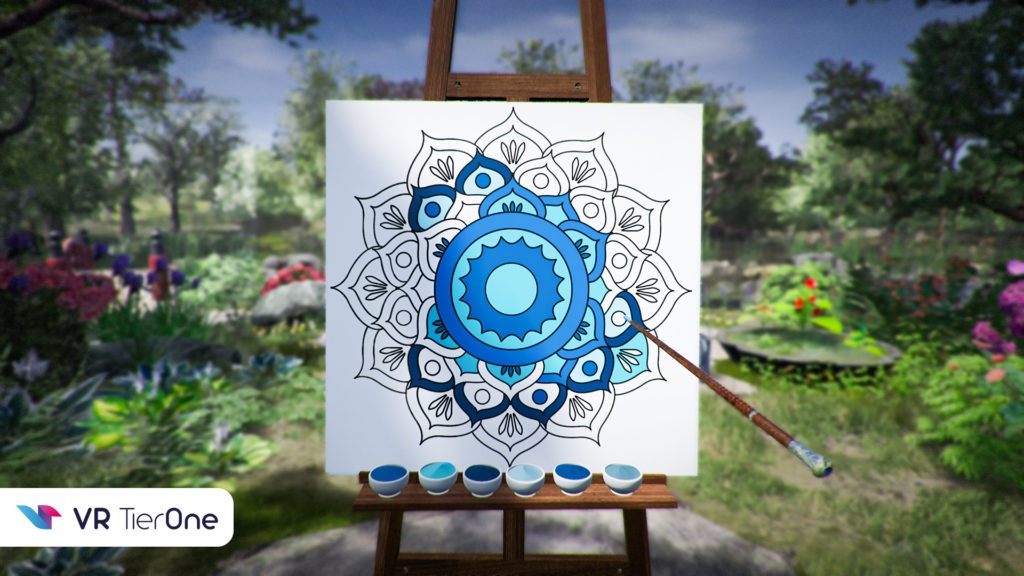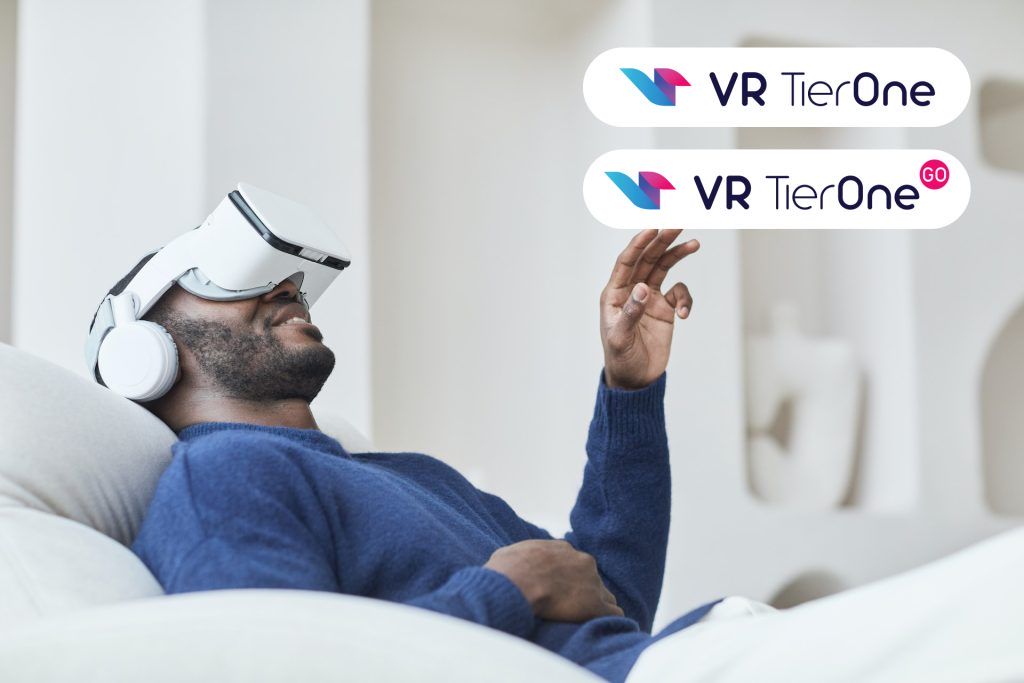The body itself does not define a human person, so care for a person cannot refer only to their physicality. In the case of illness, focusing solely on medical interventions that are specifically aimed at the physical disorder may fail to bring the intended results. It was noticed that serious somatic diseases are accompanied by depressive disorders, which interfere with treatment, the rehabilitation process and worsen the prognosis. It is most appropriate to practice a holistic approach to human health and treatment, taking into account its complexity.
Somatic diseases
Somatic diseases are those that affect the body, but ones that psychological factors (emotions, behaviour, personality) also have a significant share in their occurrence. These factors can trigger reactions in the body, which in turn will become a threat to it. This means that our mental state has an impact on our physical condition. Depression as a mental health disorder can produce bodily symptoms before it is noticed. In this case we are talking about a psychosomatic mask of depression. By neglecting our mental condition, we expose ourselves to the physical health problems. Fortunately, this mechanism also works the other way round. Caring for the mental aspect brings benefits in our physical zone. It is important to understand that by taking care of mental hygiene we can reduce the risk of physical disorders. We must admit that today we do not care about our psyche in a proper way. We are unable to relax in a truly valuable way, which would be calming for our nervous system, and therefore the noticeable surge in disorders that have chronic stress as their underlying cause.
Bidirectional relation
Depression can trigger disease of the body, and the presence of chronic somatic disease is conducive to depression. This is the bidirectional unfavourable correlation of depression and somatic diseases. In the general population, the incidence of depression is 5%, in patients hospitalized for chronic diseases, the incidence of depression is at the level of 40%. Severe somatic disorders evoke negative emotions because they are associated with difficulties, pain, discomfort and the threat to our lives. Sickness and hospitalization mean stress. Failure to cope with a difficult situation triggers depression. Depression in people suffering from severe somatic diseases is usually reactive. However, we should also take into account that in some cases the factor causing depression is not only exogenous, it may be the result of, for example, an increase in the concentration of pro-inflammatory cytokines, which are depressive in their nature. The literature indicates that depression is most often accompanied by:
- coronary artery disease,
- conditions after a heart attack,
- conditions after a stroke,
- chronic obstructive pulmonary disease,
- malignant neoplasms,
- Parkinson’s disease,
- pain syndromes,
- thyroid diseases,
- diabetes,
- post-COVID-19 conditions.
Depression hinders
Regardless of the cause, depression further burdens the patient and becomes an obstacle to recovery. Depression and the anxiety accompanying it have a strong impact on the lack of acceptance of the disease. Acceptance of one’s own condition is crucial for proper functioning of the affected person. Acceptance means that a patient recognises their condition, understands the need to make changes to existing habits and initiate treatment. The patient functioning properly in the disease actively participates in the recovery process and adheres to the doctor’s orders. The active attitude of the patient is very important, when we consider to the need for regular medical appointments, long-term medication, long-term rehabilitation, and lifestyle changes. It is difficult to achieve an active attitude in the presence of depressive symptoms.

Disturbing symptoms cannot be played down. Treatment in this situation will also include treatment of depression. In order to achieve therapeutic success, we must overcome the following symptoms of depression:
- the patient’s indifference to their health,
- lack of motivation to participate in the treatment process,
- breakdown of self-agency,
- discouragement of effort,
- a sense of hopelessness and resignation,
- negative views on the treatment being undertaken.
Failure to take care of the patient in a way that takes into account their mental state, lowers their possibility of regaining health, decreases functional independence, and deteriorates quality of life. Whenever hospitalisation is prolonged, the risk of recurrence of the disease, repeated hospitalisation and even death increases. It should not be forgotten that depression occurring in the patient is an additional burden for people caring for the patient and a difficult challenge for rehabilitators. Therefore, depression must be diagnosed and treated simultaneously with somatic disease.
VR TierOne Support
Depression as a reaction to the disease is well treated with psychotherapy. We created the VR TierOne medical device for patients with depression as a comorbidity, to enable the treatment of depression, anxiety and stress in the virtual world. Supporting the treatment of depression in patients with somatic diseases in this novel but scientifically proven way brings significant benefits. This offers a depression treatment that constitutes an alternative to conventional psychotherapy, which cannot take place due to the lack of availability of specialist staff. Patient participation in virtual therapy improves mood, reduces stress and promotes relaxation.

The patients immersed and enveloped in an intricately constructed virtual environment are quickly cut off from hospital stressors. Therapeutic sessions support the acceptance of the new health situation, strengthen the patients’ resources and orient them towards active care for their health. The objective of VR TierOne therapy is to strengthen the patients’ sense of self-activity, to make the patients aware of the role they have in the recovery process and to alleviate psychophysical tension. The therapy allows to improve the patient’s well-being safely, restoring the sense of control and increasing the motivation to make effort. VR therapy allows to increase the rehabilitation potential. Reduced symptoms of depression allow for better cooperation with rehabilitators and doctors. The resulting mental improvement allows to develop an improvement in physical condition, which in turn helps to maintain a good mood.







